Westburn (Carmyle) Viaduct
Westburn (Carmyle) Viaduct



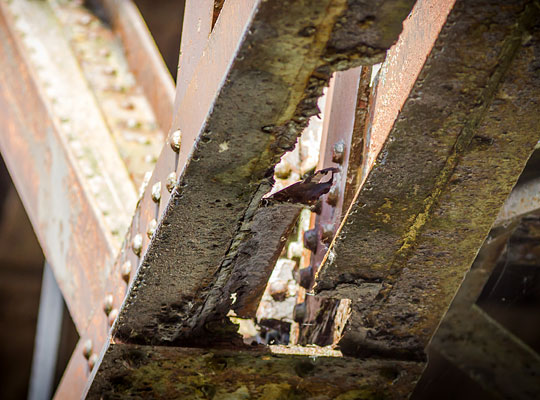
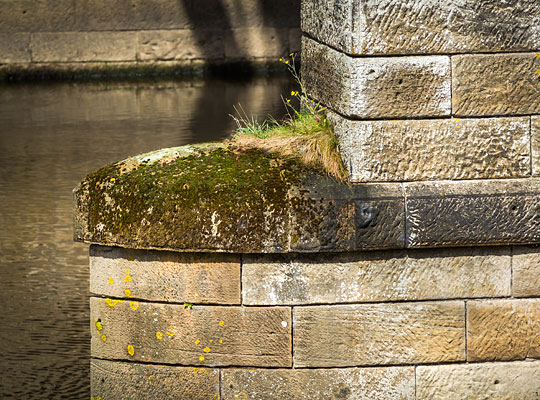
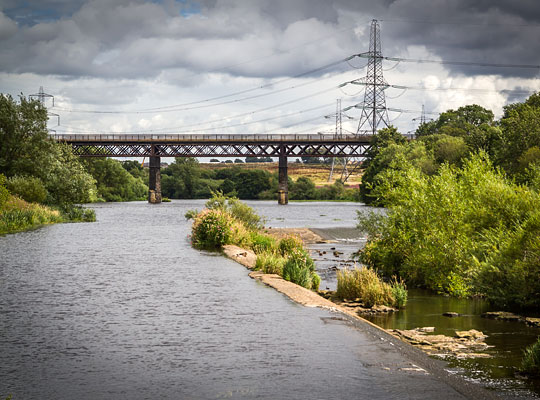
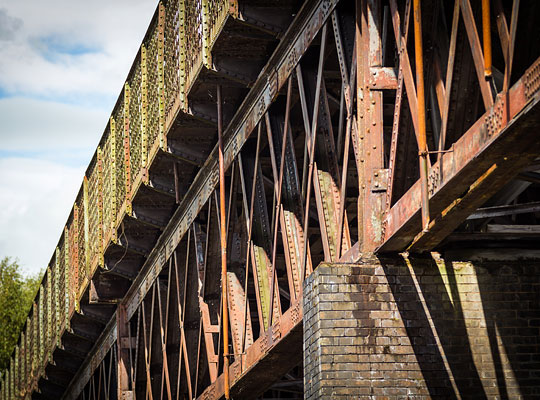
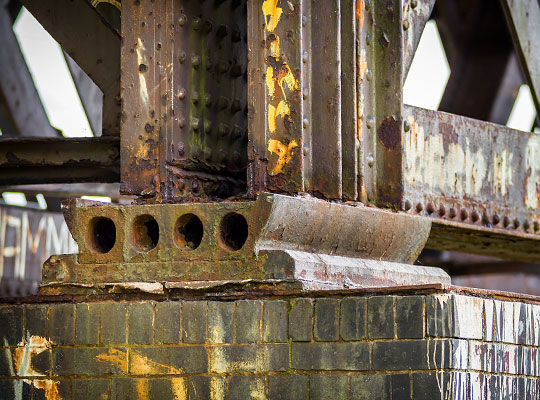
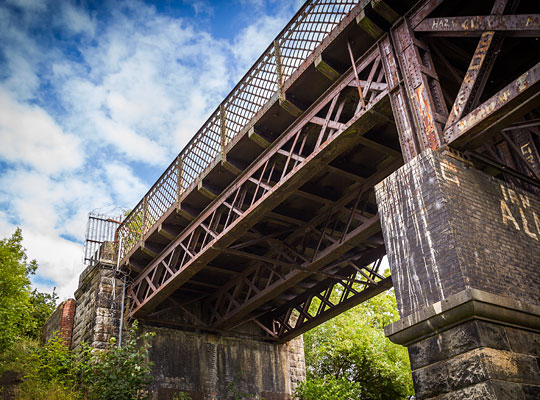
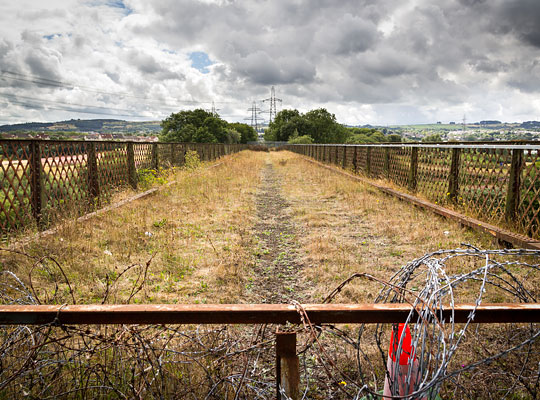
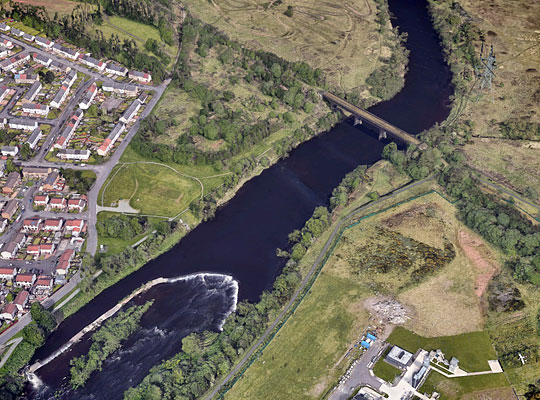
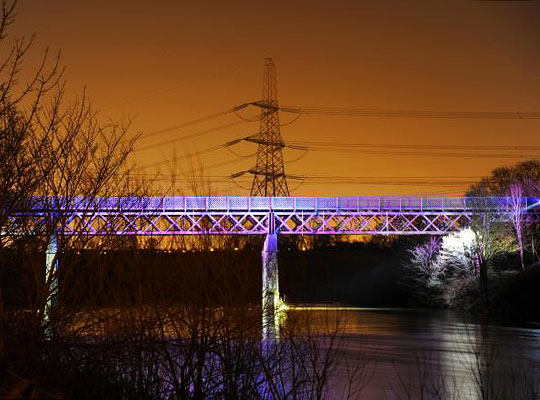
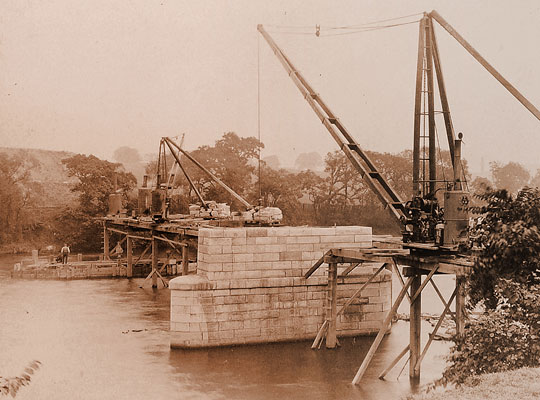
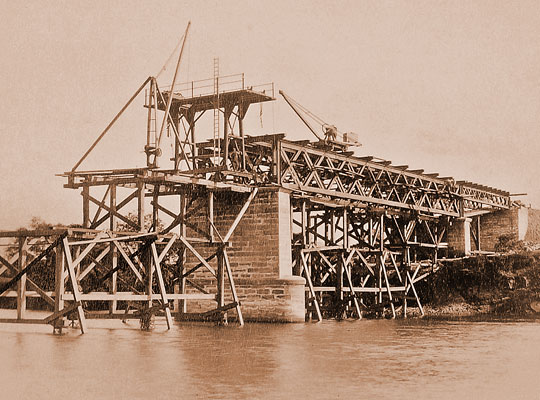














The Glasgow Central Railway was conceived as a connection between Maryhill in the north-west of the city and Dalmarnock to the south-east. The brainchild of civil engineer Charles Forman, the tracks were originally intended to be elevated above Glasgow’s streets and Parliamentary sanction was granted on that basis in August 1888. The Caledonian Railway took over the scheme, seeing considerable commercial benefits both for suburban traffic and as a link from the Lanarkshire coalfield to Queen’s Dock at Stobcross.
Local opposition subsequently emerged and the company was forced to rethink the route, with six miles of it driven underground. Thereafter construction posed severe challenges as careful progress had to be made beneath buildings, with innovative tunnelling techniques being developed. The first sod was turned on 11th June 1890, the Caledonian delivering the work in-house under the superintendence of resident engineer Donald A Matheson. The final cost came in at around £200,000 per mile.
Overshadowed by the eye-catching activity closer to the city was a short extension of the line from Bridgeton Cross via Tollcross to Carmyle on the Rutherglen-Coatbridge line, then running onwards to join the company’s main line at Newton. Authorised by the Caledonian Railway (Additional Powers) Act on 25th July 1890, a contract for the Newton-Carmyle section (Railway No.2) was advertised in May 1893.
Completion of the branch took three years, opening without ceremony in 1896. It was modest – just 1½ miles in length – but was notable for incorporating two sharp curves and the imposing Westburn (aka Carmyle) Viaduct across the River Clyde, carrying the railway’s two tracks for 142 yards.
The structure boasts three main steel spans over the water, each a little over 111 feet long and comprising three double-intersection Warren trusses – 11 feet apart – with horizontal and diagonal bracing. Shallower trusses are used for the shorter end spans, both 46 feet 7 inches in length. Supporting the deck are transverse beams at centres of 4 feet 8 inches, the lattice parapets being riveted to their ends.
The lower parts of the four piers are constructed in sandstone, with two of them standing in the river, protected by cutwaters. The bearings are mounted to brick plinths – 8 feet in height – built on top of the piers, although these were added later as part of a scheme to raise the level of the rails.
In 1904, a new line was built from the viaduct’s southern end to meet the Lanarkshire & Ayrshire Railway at Cathcart. Passenger services over the bridge ended 60 years later, although goods trains continued to serve Clydebridge Steelworks and the Clyde Iron Works until 30th May 1983 following the closure of those facilities.
The viaduct was fenced-off and the approach embankment at the south end removed. However locals continued to use it informally until an incident in April 2012 when upwards of 20 youths from Westburn and Carmyle were involved in serious gang violence on its deck, resulting in three teenagers being hospitalised with knife wounds; several others suffered minor injuries. Security arrangements were subsequently reinforced to prevent access onto the structure and a feasibility study commissioned into its future.
Between 2013 and 2015, a project to illuminate the viaduct was developed with input from local schools, the intention being to build bridges between the two communities. The development of a foot/cycle path over the structure has also been identified as a long-term aspiration, but a collection of social issues would first have to be addressed.
Westburn Viaduct remains in generally fair condition, with the metalwork suffering light surface corrosion with some localised section loss.







